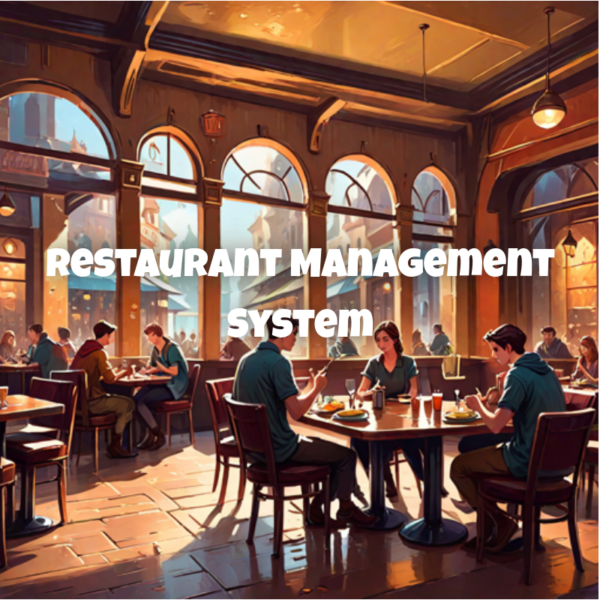Description
Introduction:
Restaurant Management System is an innovative Restaurant and Food Ordering Website SaaS
solution, offering a Multitenant platform with 7 captivating themes for each tenant. Empowering
tenants to swiftly establish their restaurant and food ordering websites, this system revolutionizes the
digital presence of culinary businesses.
Overview:
With the Restaurant Management System, tenants can effortlessly create personalized restaurant and
food ordering websites within minutes. Admins wield comprehensive control over subscription
packages, offering flexible options ranging from monthly, to yearly, to lifetime subscriptions. The
system’s frontend interface for admins supports multiple languages and is RTL (Right-to-Left)
compatible, ensuring accessibility across diverse linguistic demographics.
Key Features:
Multilingual & RTL Support: Both admin and tenant interfaces are equipped with multilingual
capabilities and RTL support, enhancing accessibility for a global audience.
Flexible Subscription Packages: Admins can curate monthly, yearly, or lifetime subscription
packages with varying features, including Free, Trial, and Premium options.
Payment Gateway Integration: Eroder integrates 10 automated payment gateways, including
PayPal, Stripe, and Mollie, alongside unlimited offline gateways, facilitate seamless transactions for
both admins and tenants.
Customization Options: Tenants enjoy a plethora of customization features, such as 7 themes,
custom domains, automatic subdomains, and website color settings, enabling them to tailor their
digital storefronts to reflect their brand identity.
Advanced Ordering Capabilities: From website orders, POS (Point of Sale) orders, to WhatsApp
and QR menu orders, the system provides versatile ordering mechanisms to cater to diverse
customer preferences.
Comprehensive Management Tools: Tenants benefit from a suite of management tools, including
sales reports, staff management with permissions, live order tracking, table reservations, and postal
code-based delivery options.
Enhanced User Experience: The frontend interface for restaurant websites and customer panels
boasts features like item variations and add-ons, real-time order notifications, multilingual support,
social logins, and push notifications, elevating the user experience to new heights.
Benefits:
Efficiency: Streamline restaurant operations with intuitive management tools and automated
processes, enhancing productivity and efficiency.
Global Reach: Reach a broader audience with multilingual support and RTL compatibility, catering to
diverse linguistic preferences.
Enhanced Customization: Tailor digital storefronts to reflect brand identity and engage customers
with captivating themes and personalized features.
Seamless Transactions: Facilitate hassle-free transactions with a wide array of payment gateways,
ensuring a smooth and secure checkout process for customers.
Comprehensive Support: Receive unparalleled support and guidance throughout the setup and
utilization of the system, ensuring a seamless user experience for admins and tenants alike.
Transform your restaurant’s digital presence with Restaurant Management System, the
ultimate solution for creating dynamic and user-friendly restaurant and food ordering
websites. With its extensive array of features, customizable options, and unparalleled support,
Restaurant Management System empowers culinary businesses to thrive in the digital era.
Experience the future of restaurant management today


Reviews
There are no reviews yet.